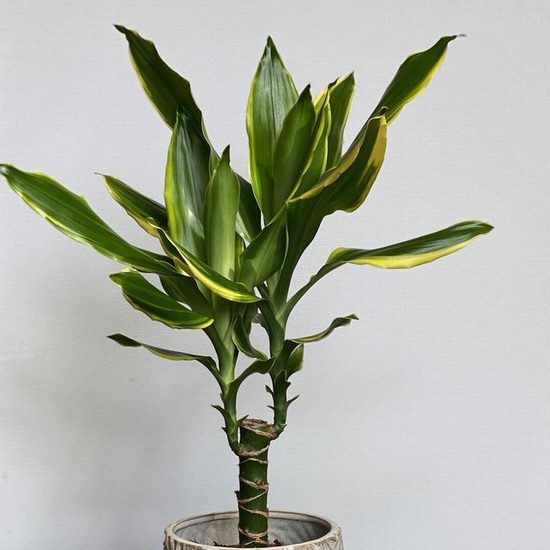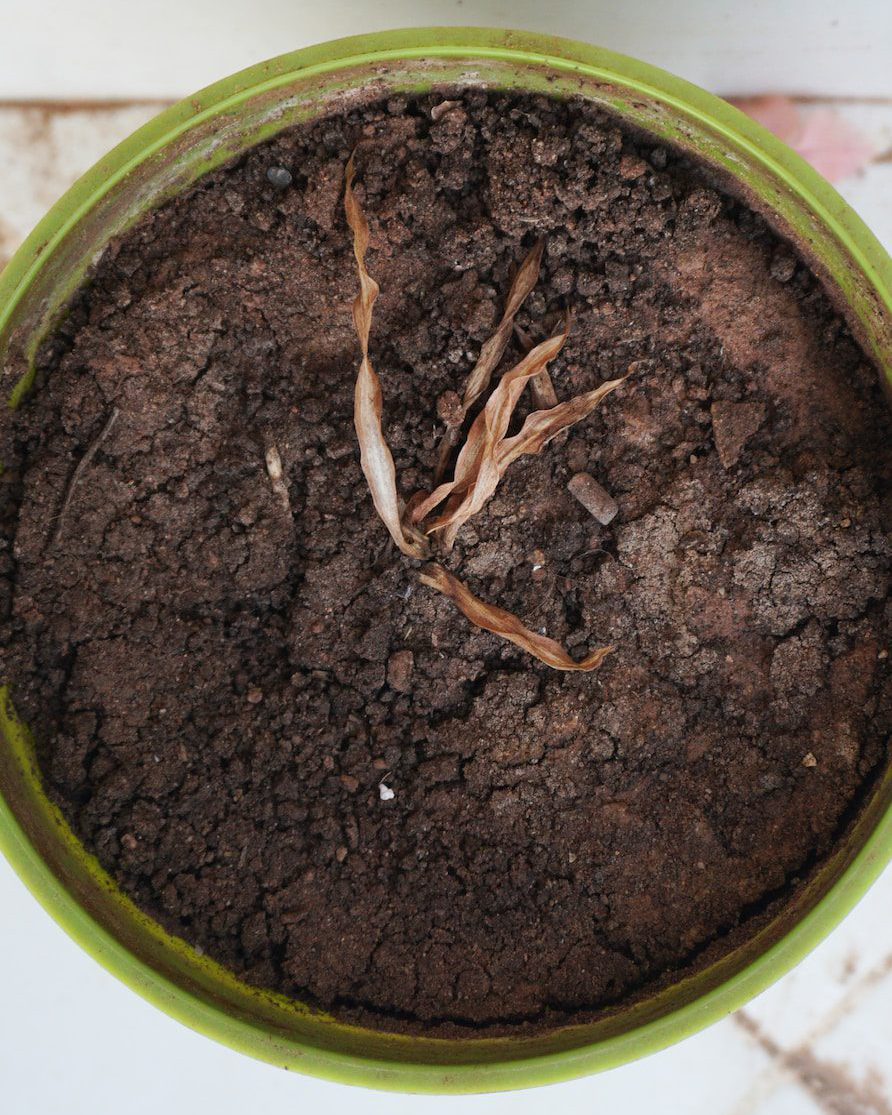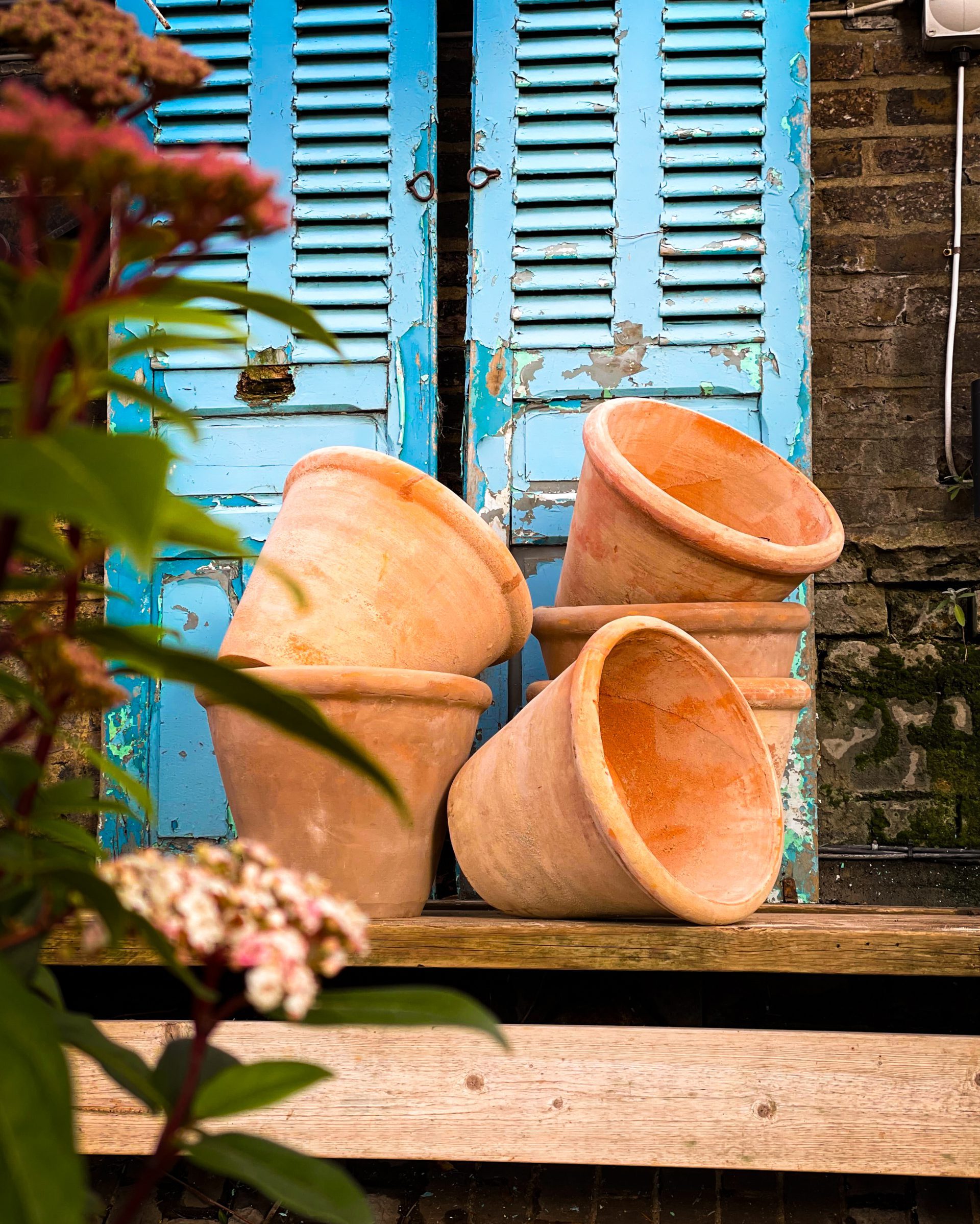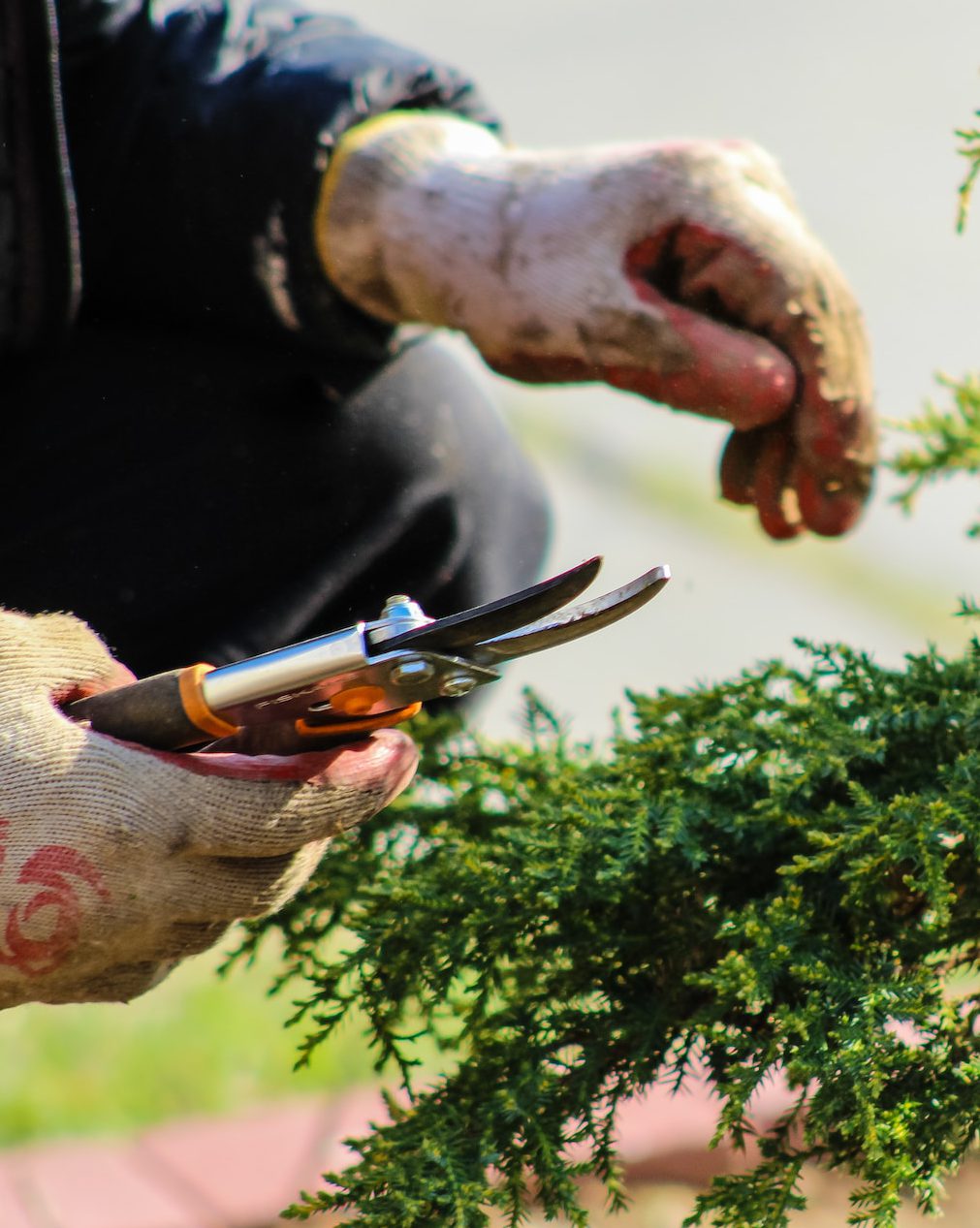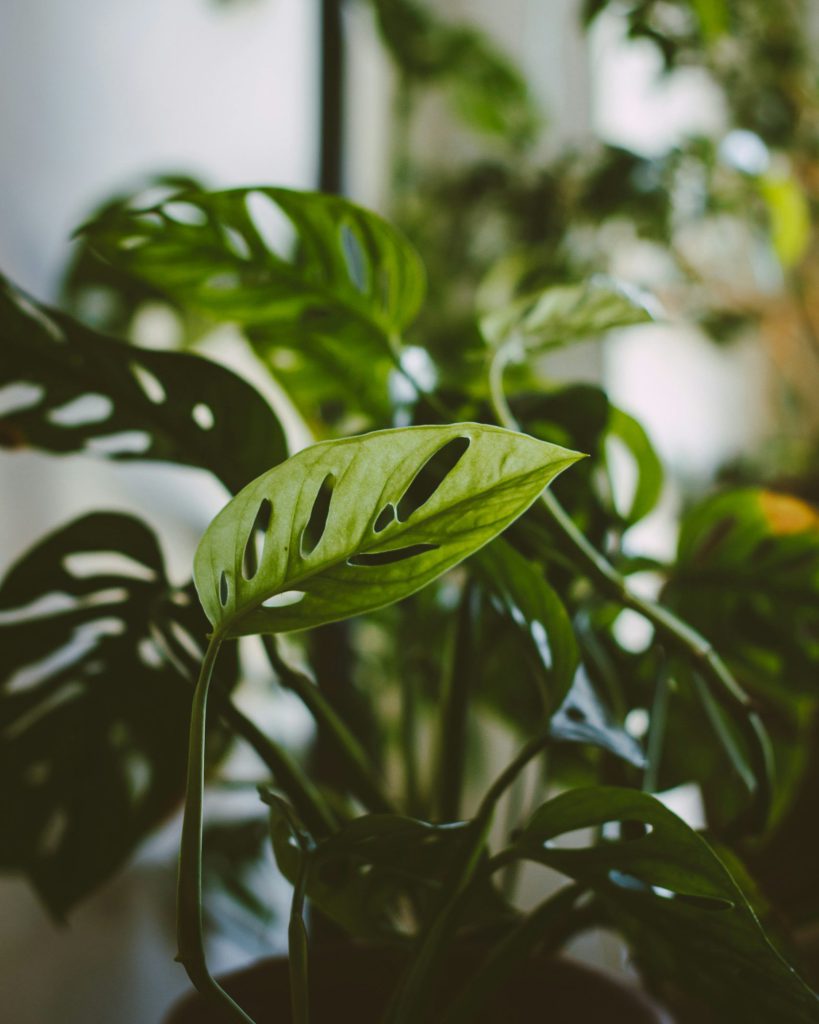
Eleanor Clarke
INDOOR PLANTS
February is a Great Time to Start With Houseplants
It doesn’t take a genius to work out that we’re HUGE fans of indoor plants at The Nunhead Gardener. They bring so many benefits, not just in terms of aesthetics but in the way they make us feel.
Caring for them is grounding, relaxing – a little snip here, a dash of water there, fluff up those fronds, give the pot a quarter turn to the light – and almost a kind of meditation in itself. The cool green presence of indoor plants keeps us happy while we work and lifts our spirits when we get home at the end of the day. And there they sit, pumping out oxygen into our immediate environment – all the while asking for very little in return.
A renewed interest in houseplants had already begun pre-pandemic, but when we went into that first lockdown things really kicked off. So many more of us began tapping into those simple pleasures of domesticity and self-care. We realised that fulfilment and enjoyment can come from the quietest, most modest of hobbies.
Perhaps you’re already on your way to a houseful of plants, in which case you’ll need no reminding that bringing nature into your home is a terrific mood-booster. Especially in winter – when light levels are low, it can be game-changing.
But if you’re taking your first steps into the rewarding world of houseplant ownership, we’re here for you. We want you to experience all the pleasure we’ve been enjoying, and for years to come, so there are a few tricks to learn. Unlike garden plants, houseplants rely on you for survival. It’s one thing getting home and finding a good spot for your latest acquisition, but another entirely making sure it stays happy and healthy for years to come. Here are a few tips.
Houseplants love it when…
You water sparingly
The best way to tell if a plant needs water is to poke a finger deep into the compost. If it’s dry, water, but only then. Too much water can cause yellow leaves.
You group them together
Ideally cacti with other cacti, tropical plants with others that enjoy a warm, humid environment. They’ll create their own microclimate as well as looking great.
The temperature’s stable
That probably means avoiding bathrooms, where it can go from hot and humid to freezing cold in moments.
They get plenty of light
But not direct south-facing sun. Lack of light can also cause yellowing leaves.
The top layer of the soil is dry
Water from below if you can. Damp soil can attract little black gnats, as well as fungal spores and bacteria.
They’re snug in their pot
If roots are escaping from the bottom of the pot, it’s time to give it a bigger one. But just go up one size, no bigger.
Our top 5 indestructibles
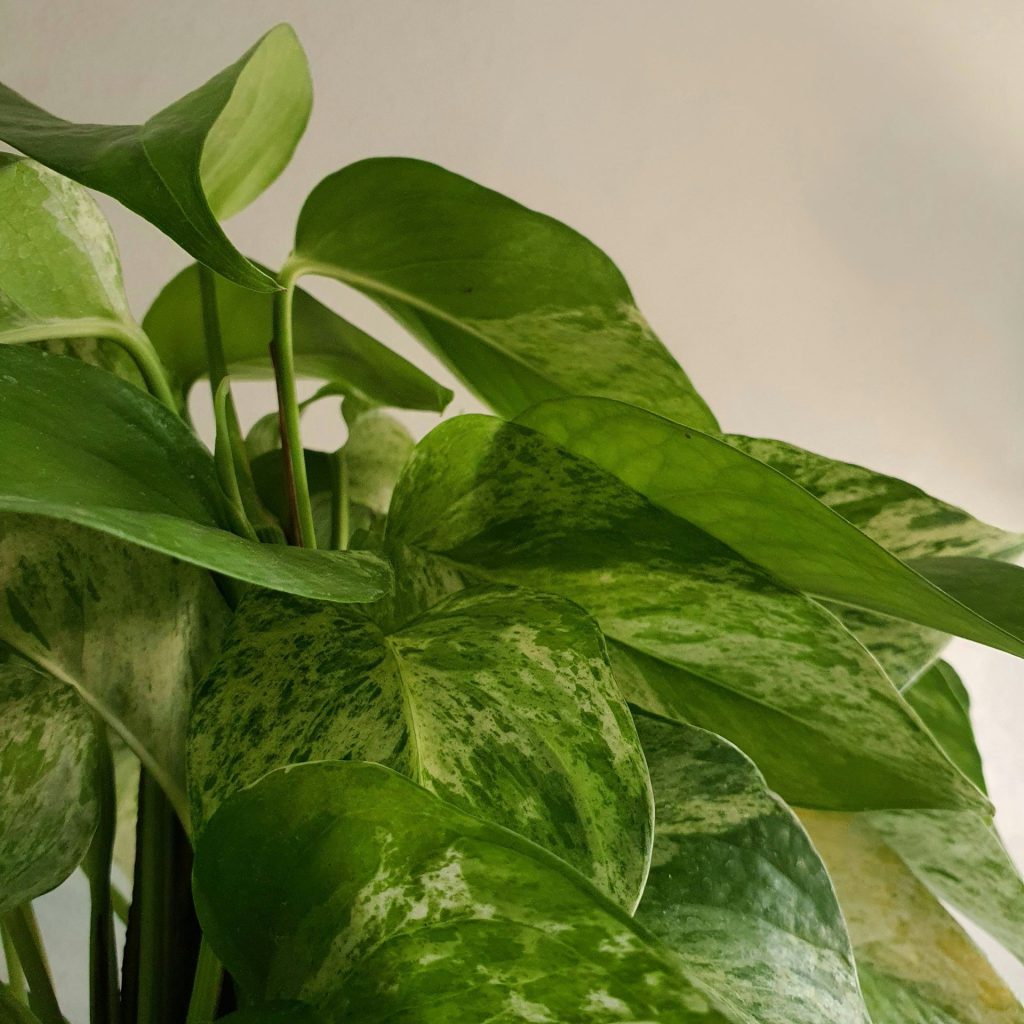
Devil’s ivy (Pathos)
Tumbling leaves, handsome on a shelf. Great for: air purification.
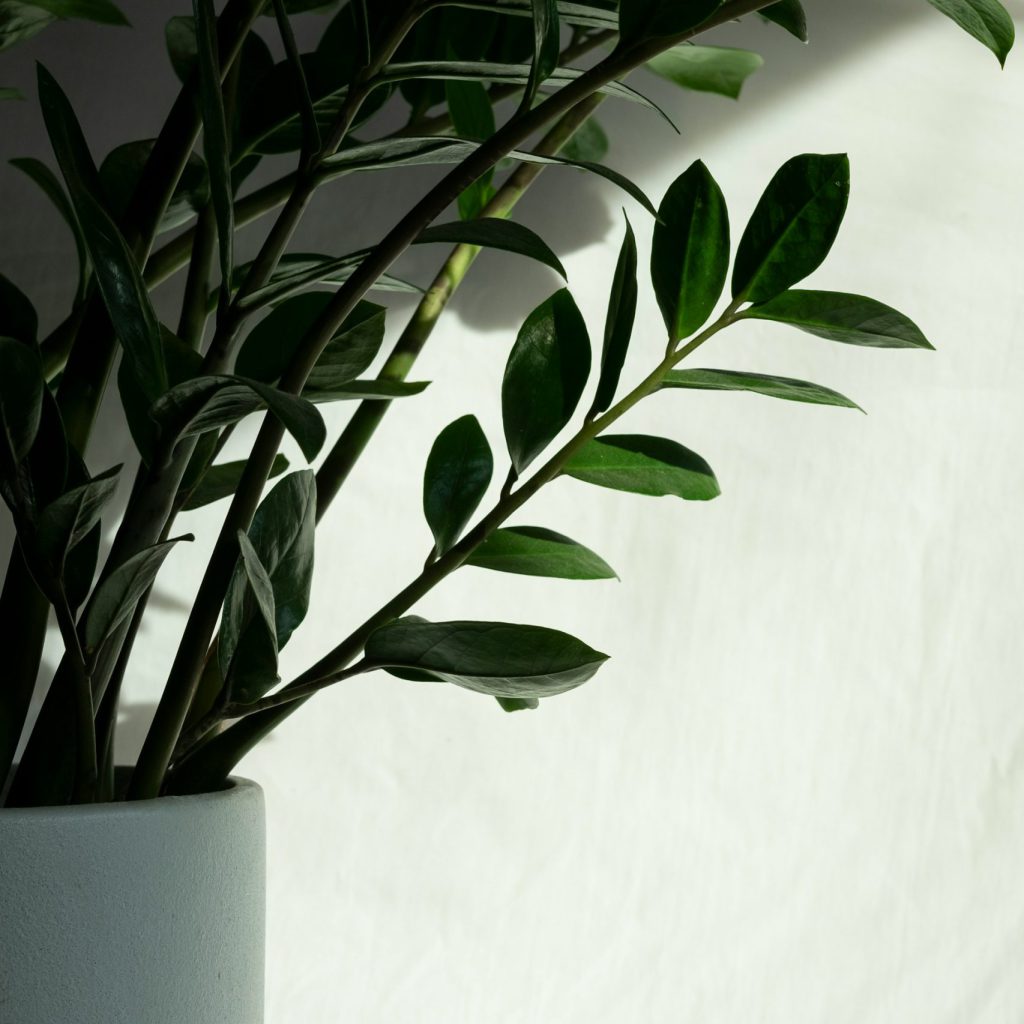
Zanzibar gem (Zamioculcas)
Upright, glossy, deep green oval leaves. Great for: a shady spot.
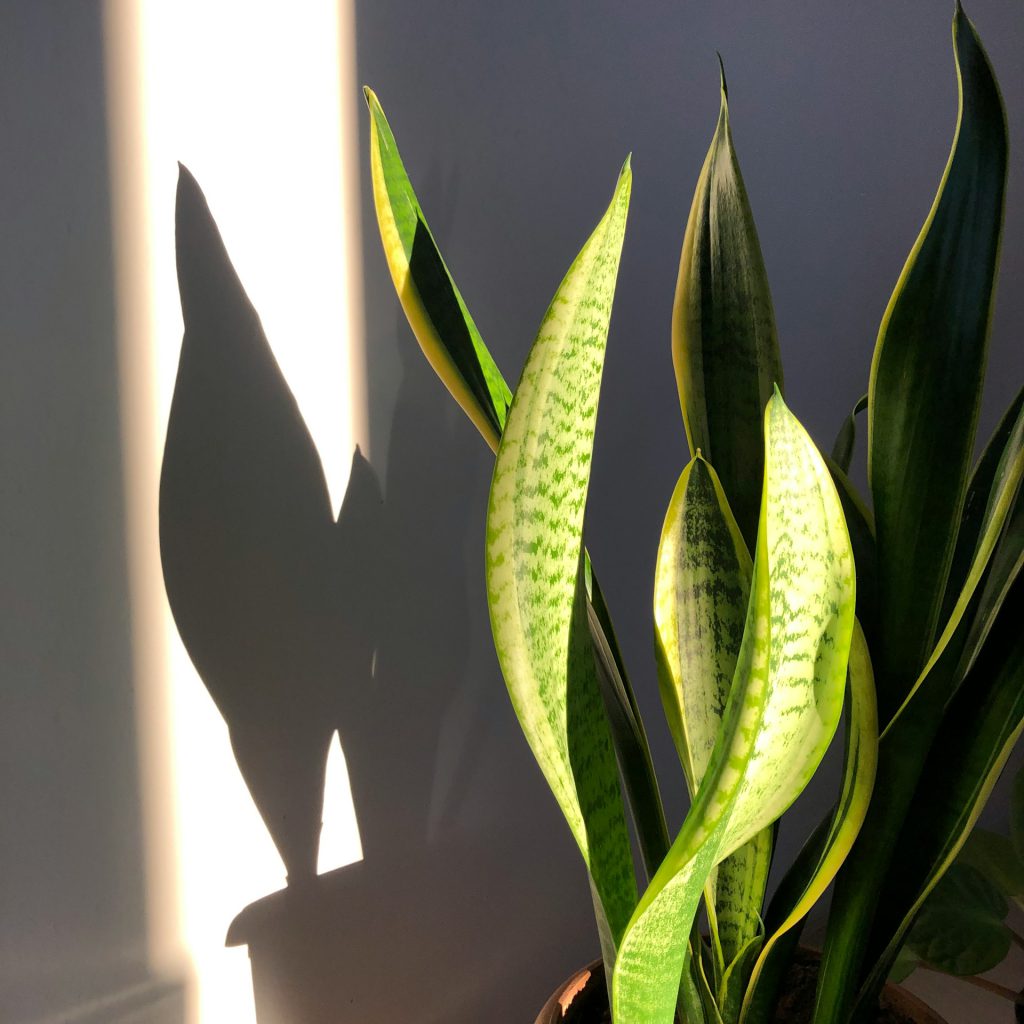
Mother-in-law’s tongue (Sansevieria)
Spiky, architectural and bold. Great for: Neglectful owners (it likes to dry out completely between watering).
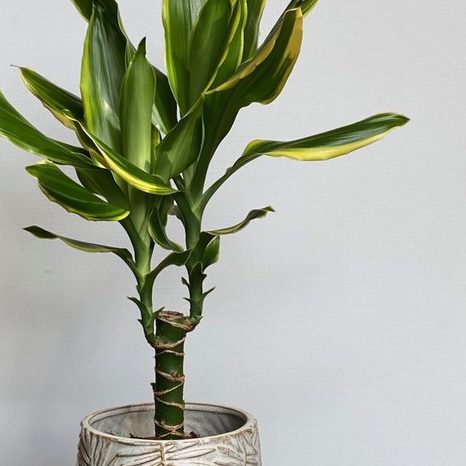
Dragon plant (Dracaena)
Tufts of palm-like foliage, can get impressively tall. Great for: a bright sitting room.
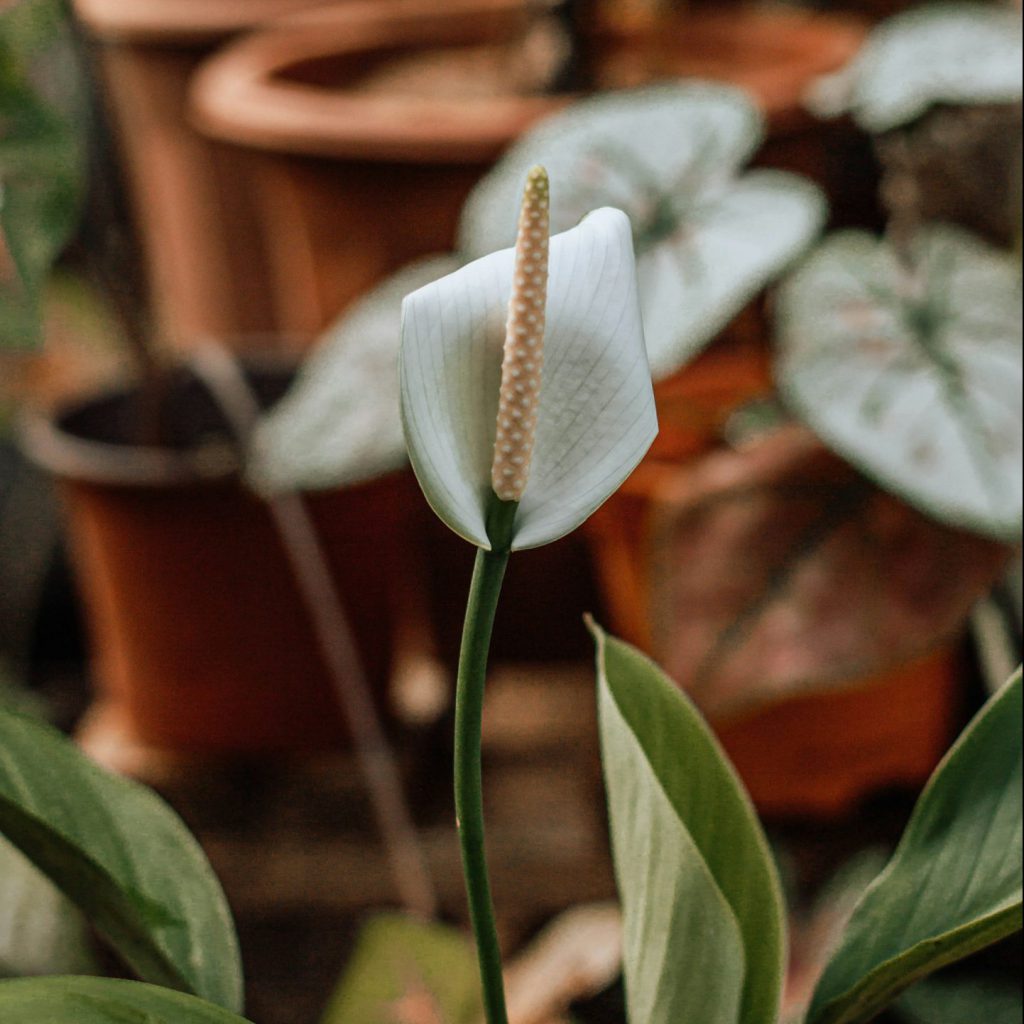
Peace lily (Spathiphyllum)
Elongated, glossy leaves and white flowers. Great for: a tricky spot (they’re super-tolerant).
Read more:
INDOOR PLANT CARE
GARDEN DESIGN
GARDEN DESIGN
Shop from this story:
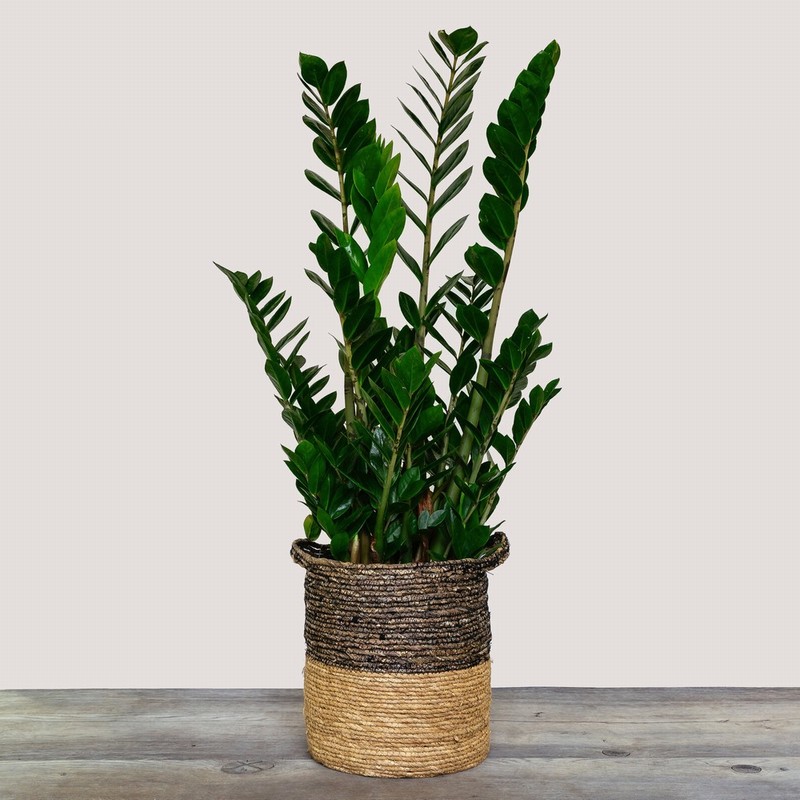
Zamioculcas (ZZ Plant)
